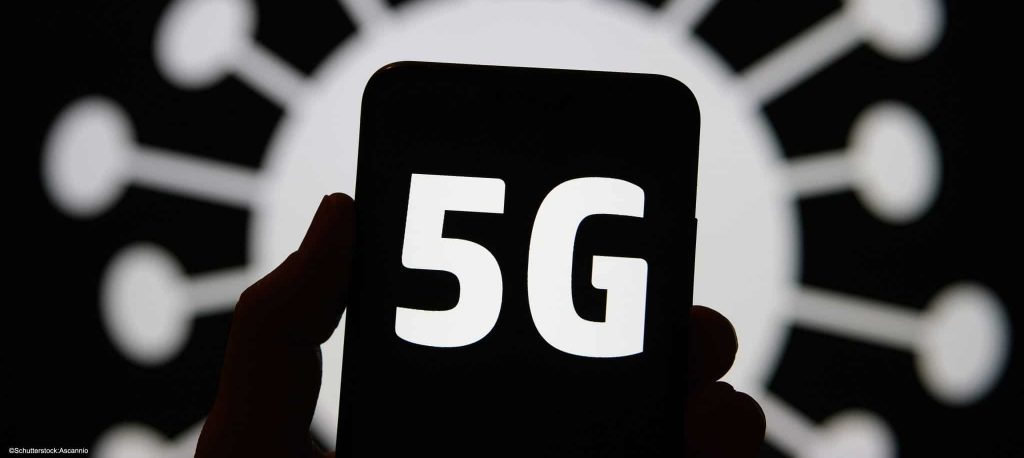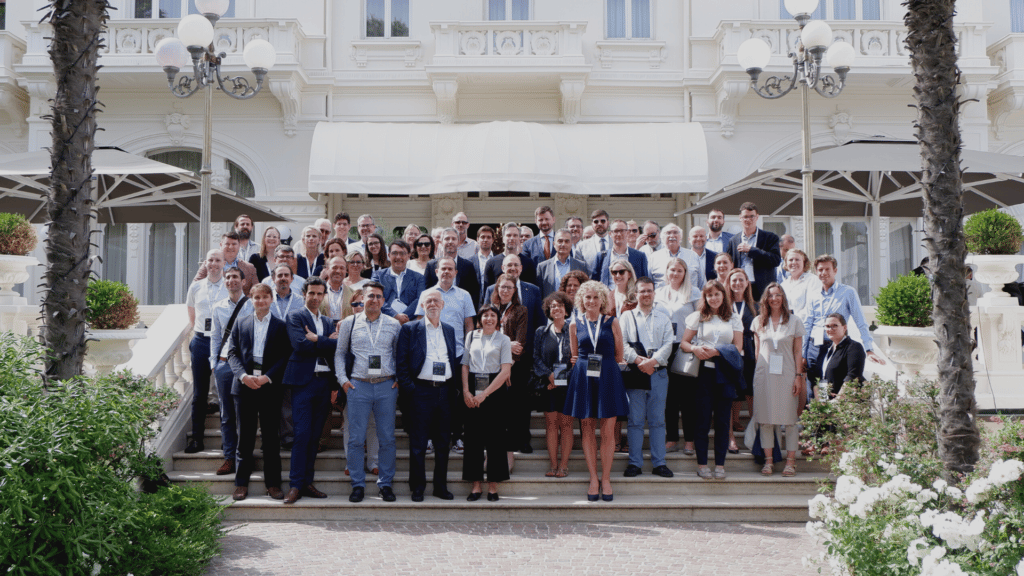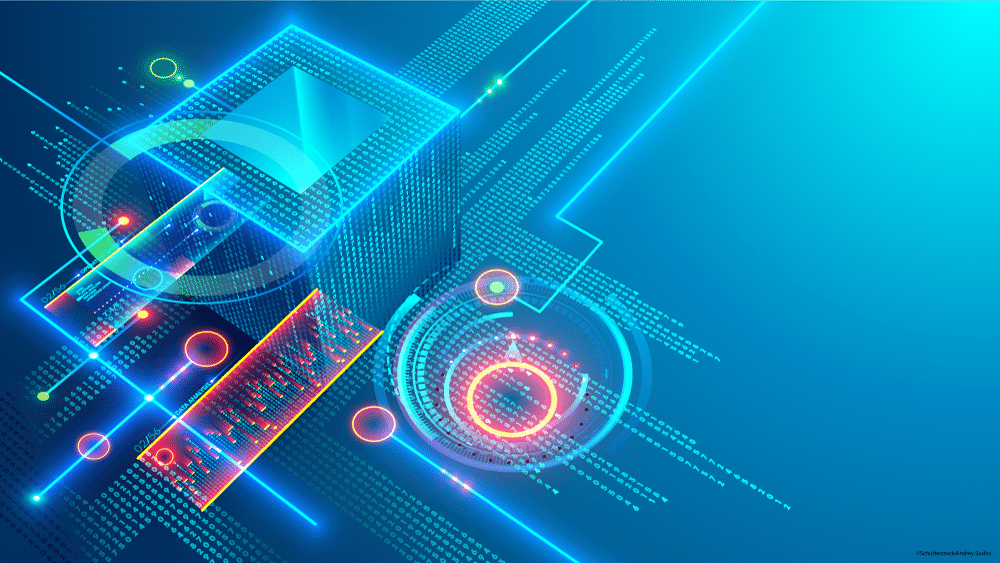Reflections on “IoT Solutions for Post COVID-19” webinar
Following our third webinar in the series "5G in the Time of Pandemic", FSR Comms & Media research fellow, Igor Nikolic, summarises “IoT Solutions for Post COVID-19” and three important issues raised related to IoT solutions for the post-COVID 19 era: connectivity, standardisation and applications.
The online seminar “IoT Solutions for Post COVID-19”, the third in the webinar series organised by FSR Comms & Media, “5G in the Time of Pandemic” discussed three important issues related to IoT solutions for the post-COVID 19 era: connectivity, standardisation and applications.
Regarding network connectivity, the effect of the pandemic was the acceleration of connectivity of the whole society. On average, the demand for internet traffic increased by 60%, with some days going up even to 200%. By the end of 2019, there were around 1.5 billion IoT devices connected to cellular networks (2G, 3G or 4G), with constant annual growth of 25%. During the first months of 2020, the growth completely stopped because of a lockdown in China, since China is the main driver of sales and producer of SIM cards. However, when China reopened and resumed production in the second half of 2020 the situation returned to normal, and we are continuing to see growth in IoT device sales.
An interesting emerging question is that some countries like The US and Germany have started licensing spectrum for industries to build their own private networks. The issue now is how to regulate such private networks. In the speakers’ view, they should not be overregulated like the telecommunications sector.
Regarding IoT standardisation, a big problem is market fragmentation between different IoT solutions. There are thousands of solutions in industrial IoT, everyone is trying to develop their own devices and create their own ecosystem. The issue is how to ensure interoperability between countless different systems. A hope is that the market will converge towards one standard, but if it fails then de jure standardised solutions should take place. An area where standardisation is underway is environmental tracing – a mechanism to check if some environment is contaminated and inform people if they were in a contaminated environment. People can then assess if they need to be tested and health authorities would also have more information about contaminated hotspots.
Regarding IoT application, IoT solutions can be successfully applied to address pressing issues that businesses are now facing, from how to run businesses remotely, to how to get people safely back to work and how to diversify the supply chain. The expectation is that the cloud will play an even greater role in the IoT. For example, a retail store could have devices counting people coming in and out of store, thermal cameras measuring temperatures, AI cameras looking for people without masks, and real-time air quality measurement devices. The cloud could connect all these devices and do real-time visibility of data. IoT solutions can be used across the whole production chain, including manufacturing, production, and consumption.
Additionally, technology is helping people invent new services that would have applications beyond the pandemic. For example, companies are now creating remote-controlled robots for food delivery in high buildings.
Watch the webinar recording






